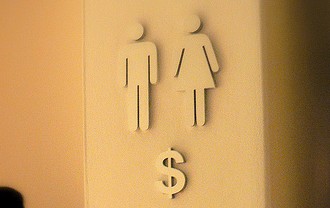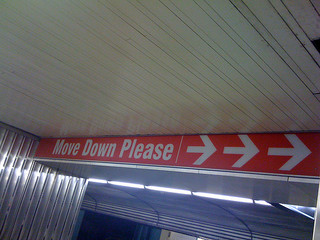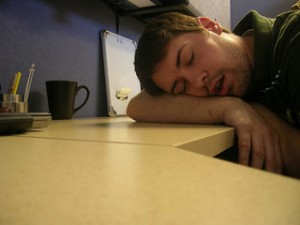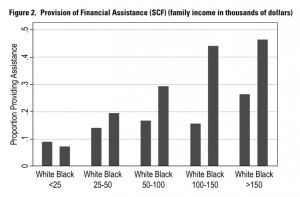
It’s been a few weeks since CNN highlighted a new report by the Urban Institute’s Justice Policy Center on the income from underground commercial sex economies. Perhaps it was the pain of doing my taxes this week (down to the wire, I know) that jogged my memory. But the report estimates that this underground economy in Atlanta alone nets those working in the sex trade—from pimps to erotic massage providers—$290 million per year, with pimps making an average of $33,000 a week.
Until now, there has been little information about the size and scale of the sex economy. Though this report examines only eight cities across the U.S. (notably omitting Las Vegas), is one of the first forays into quantification. Meredith Dank from the Urban Institute told Time magazine,
With knowing the size of the economy, you get better a sense of what you’re dealing with and how big this market is. Law enforcement now knows they can potentially seize $290 million in Atlanta that can be used toward providing services and education.
Beyond what police asset seizures might do for city infrastructure, the studies also point out the enormous numbers of people working in the sex trade. Due to the secretive nature of their work, they may live outside the social systems of taxes, safety net benefits, and healthcare.









